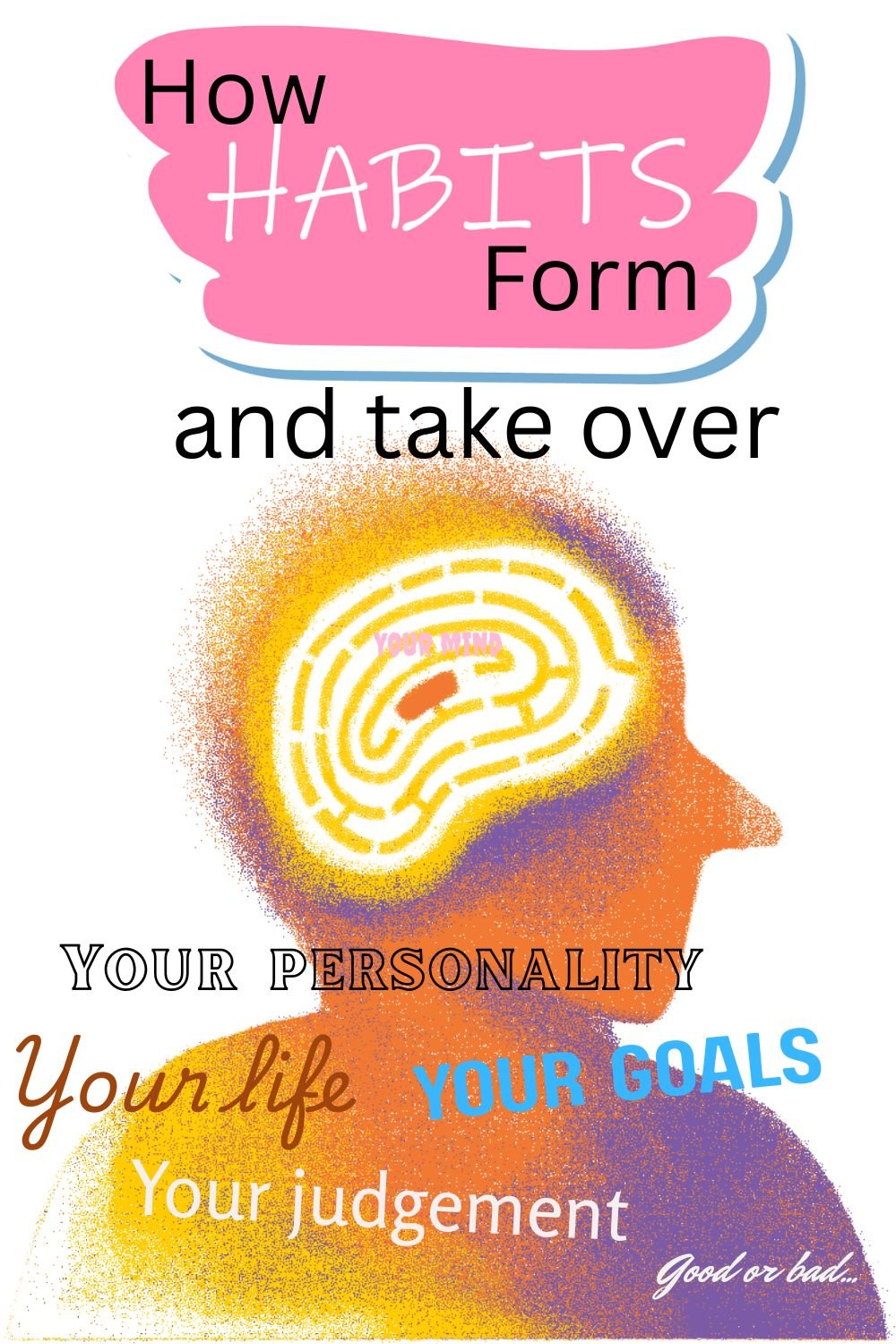
If you're going to create a new habit in your life successfully, then you need to understand how habits are formed. Forming a new habit isn't easy, but we know that creating a new habit or breaking a bad one is crucial if we want to improve.
According to Charles Duhigg, a Pulitzer-prize winning reporter, the creation of a habit involves three components, a cue, a routine and a reward.
The Cue
The cue is what triggers a person to carry out the habit. Cues typically fall into five distinct categories:
- Current emotional state
- The time of day
- A familiar, tugging visual
- Your location
- The company you keep
The cue is an incredibly important part of the habit loop because we subconsciously respond automatically to it and it takes a lot of effort to take control this response.
This automatic response is the main reason it is so challenging to change our habits. Most of the time, we have no idea of the numerous cues that triggers our habits.
The Routine
The routine is the action that you carry out when the cue has been triggered. This is part of the habit that you want to encourage or replace. When it comes to your bad habits, many experts think that replacing a bad routine with a healthier one is a lot more effective than just trying to break a habit and leave that space empty.
This means that you will have an easier time removing the routines that form bad habits if you replace it with routines that start a good habit, to fill the void.
Healing The Addiction Breaking Free and Healing from Addiction
The Reward
While it might not seem obvious, every habit that you have ends with a reward. Even the habit of excessive hand washing has a reward, which is the cleanliness felt when the hands are washed and dried. If a reward is positive, especially with a feel-good feeling, your mind will remember the habit and want to repeat it - again and again.
Even if you feel like you've been run over by a train when you wake up the next morning - it felt good, until it didn't.
A reward can be anything, but they are most commonly associated with a feeling or a milestone.
The Craving
When you repeat a habit several times and you are rewarded every time, your brain will start to develop a mild craving. The craving is essentially the fuel for the habit loop and the craving is what makes the habit stick for the long term.
When the habit loop isn't receiving the craving, it requires more effort for it to be completed and this is when most people quit, completely or every once in a while.
You can use this habit loop framework to deconstruct any habit that you have, both good and bad, and use the information to either eliminate the bad habits or create new good habits.
Healing The Addiction Breaking Free and Healing from Addiction


Comments ()